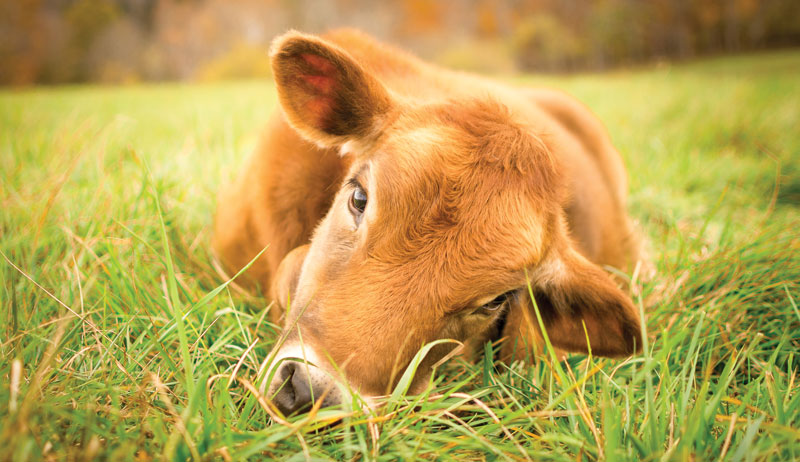Growing Peppers Indoors – Guidelines & Tips
Introduction
Growing peppers indoors is a fun and rewarding experience. Not only is it a great way to have fresh, organic peppers year-round, it can also provide essential vitamins and minerals to your diet as peppers are rich in Vitamins A and C, folate, and dietary fiber.
Setting Up the Container
The first step to growing peppers indoors is to select a container that is at least 12 inches in diameter and at least 15 inches deep. Make sure that the container has drainage holes for excess water, as well as a restraining lip to hold the soil in place.
Fertilizing & Soil Selection
Choosing the right type of soil is an important step to growing peppers indoors. Look for a soil mix that is light, well-aerated, and drains well. Try to avoid any soil that has a high nitrogen content, as peppers prefer soils with high amounts of phosphorus and potassium.
In addition, you should also choose a fertilizer that is tailored to peppers, such as a 5-10-15 blend. Ensure that you stick to this fertilizer schedule religiously, as peppers require a steady diet of nutrients.
Best Place to Keep Peppers Indoors
The best place to keep your peppers indoors is near an east or south-facing window. This will allow for the most amount of sunlight and heat to get to the plants. It’s also important to keep the temperature in the 70-85°F range. Additionally, it’s important to keep the humidity between 50-60%.
Watering
It’s important to water your peppers properly. Water the plants when the soil feels dry to the touch, making sure the soil does not become waterlogged. In addition, you should avoid getting excess water on the leaves of the plants, as this can lead to disease and mold.
Pest & Disease Control
When growing peppers indoors, it’s important to keep an eye out for potential pests and diseases. Common pests that may attack your peppers include aphids, whiteflies, and spider mites. If you notice any of these pests, take action to remove them immediately.
As for disease, common ones to look out for include blossom end rot, pepper leaf spot, and wilts. If you notice any signs of these diseases, you should take swift action to remove the infected plants and treat the remaining plants with a fungicide or insecticide.
Harvesting
When it comes to harvesting peppers, you should wait until they are a deep, dark red, as this is usually the time when peppers have the fullest and sweetest flavor. In addition, the peppers should feel firm and the stems should be easy to twist off.
Conclusion
Growing peppers indoors is a fun and rewarding experience. Just follow the guidelines and tips outlined in this article, and you’ll be on your way to growing delicious, organic peppers in no time!



